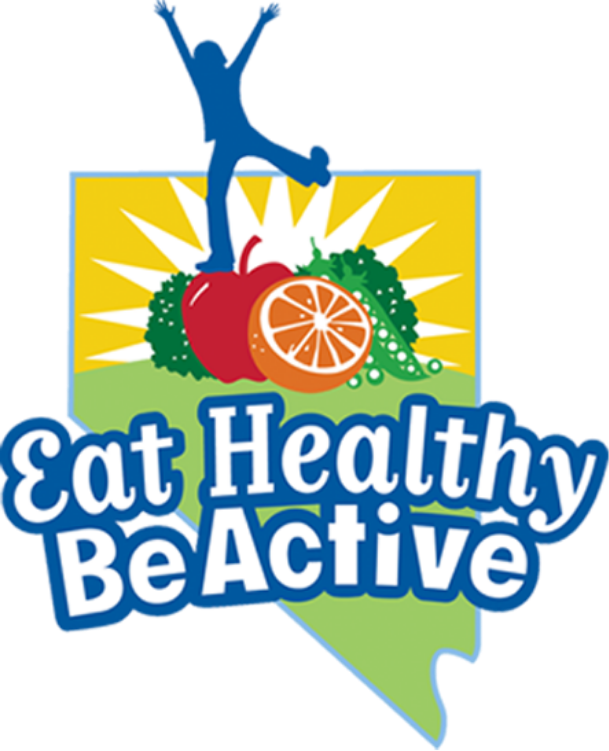La compra de comestibles puede ser costosa a veces, pero usted puede ahorrar dinero con un poco de planificación sin sacrificar la calidad de sus comidas. Este blog le proporcionará consejos prácticos para ayudarlo a administrar mejor su presupuesto de comestibles.
1. Planifique sus comidas: Planifique lo que va a comer y haga una lista de compras basada en su plan. Esto le ayuda a comprar solo lo que necesita y a evitar comprar cosas adicionales que tal vez no se llegue comer y que eventualmente tirará. Consulte información adicional sobre la planificación de comidas aquí.
2. Compre de manera inteligente: Comprar al por mayor los artículos que usa con más frecuencia y que no se echan a perder rápidamente puede ahorrarle dinero con el tiempo. Comparar precios a través de aplicaciones o sitios web en diferentes tiendas puede ayudarle a determinar las tiendas que pueden tener ofertas, cupones o programas de lealtad.
3. Verifique las fechas de vencimiento: Primero en entrar y primero en salir, coloque los artículos nuevos detrás de los más viejos en su despensa o refrigerador. Esto le ayuda a usar artículos más antiguos antes de que caduquen.
Al congelar los alimentos para más tarde, muchas frutas, verduras y carnes se pueden congelar para que duren más tiempo. La congelación también ayudará a mantener los nutrientes con estos productos. Para obtener más información sobre cómo congelar alimentos, visite “Freezing Foods.»
Descubrir bancos de alimentos, despensas y cocinas comunitarias locales puede ayudarlo a encontrar artículos de su lista de compras sin necesidad de comprarlos en las tiendas. Visite https://nvsnap-ed.org/tips-resources/helpful-links/ para obtener más recursos, consejos e información sobre eventos y actividades comunitarias cerca de usted.
Además, MyPlate ofrece una guía «Shop Simple» que brinda información sobre ahorros locales, áreas que ofrecen recompensas y acepta SNAP EBT. Así como consejos para comprar y preparar alimentos económicos.
Ahorrar dinero en comestibles puede tomar un poco más de tiempo y planificación. Sin embargo, al seguir estos consejos, usted puede mantener sus costos bajos y seguir disfrutando de buenas comidas.
Este número fue escrito por Justine Habibian, PhD, RDN
